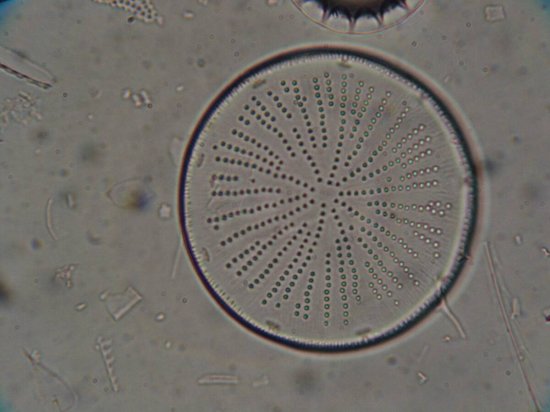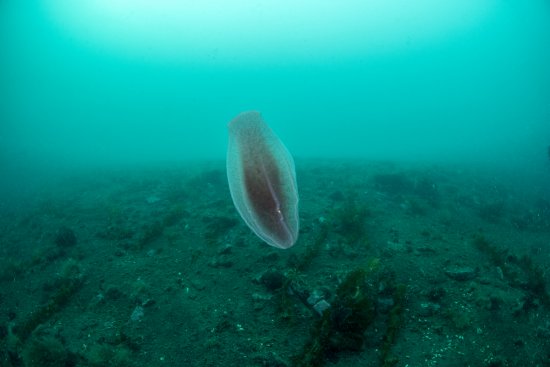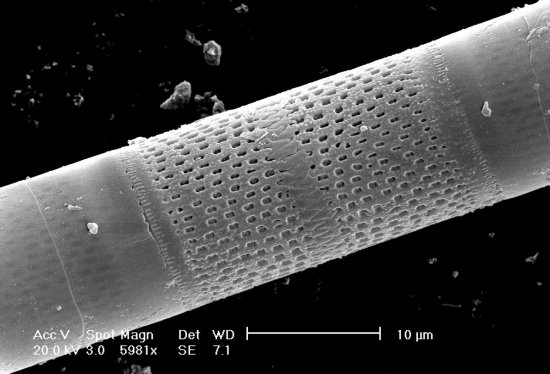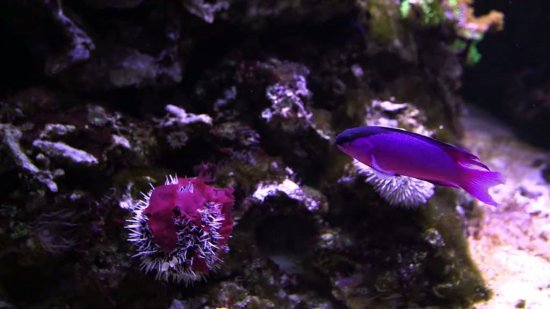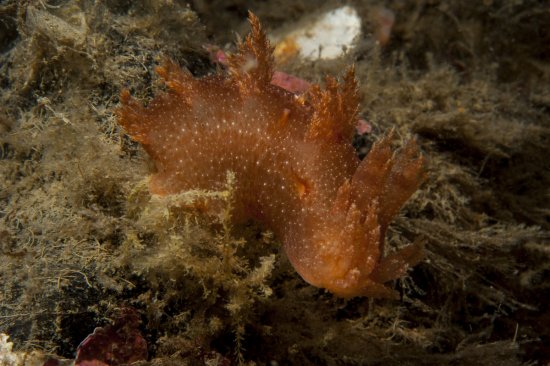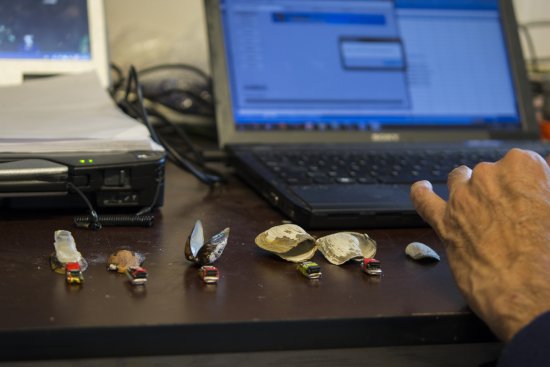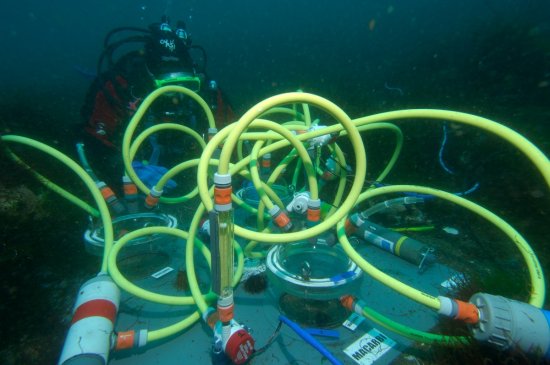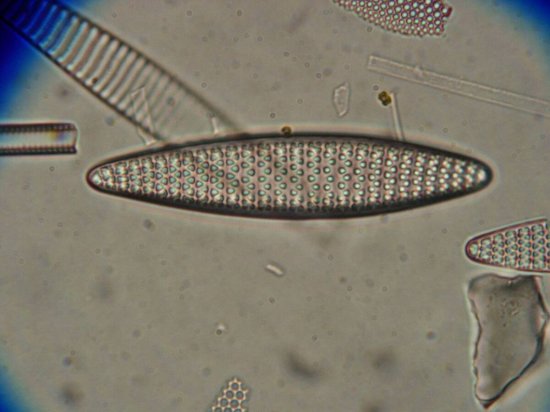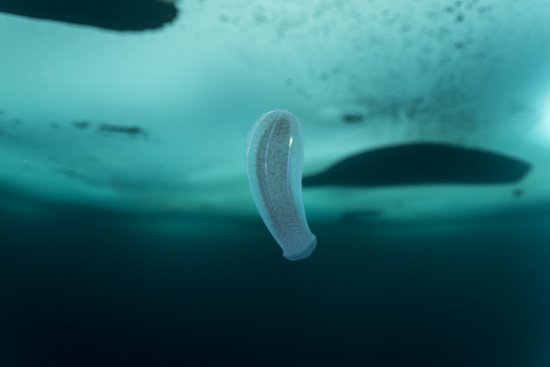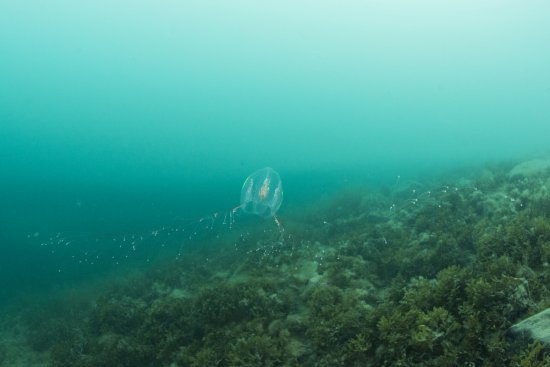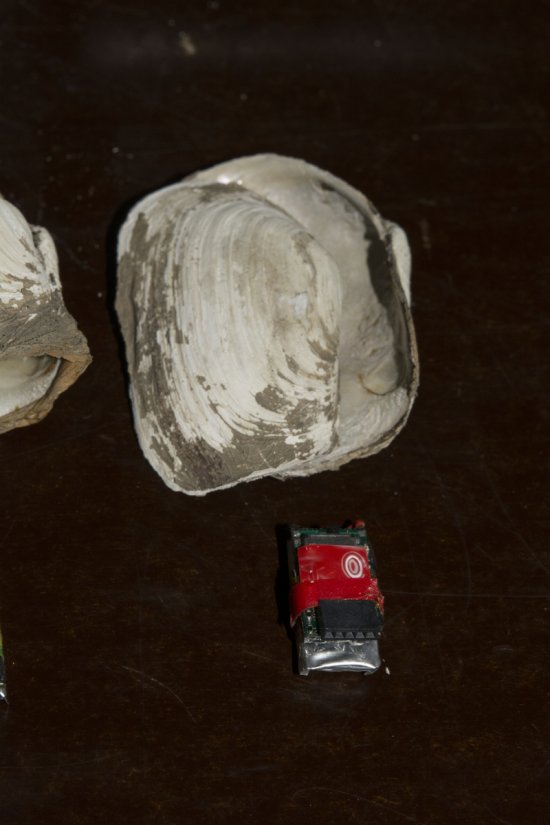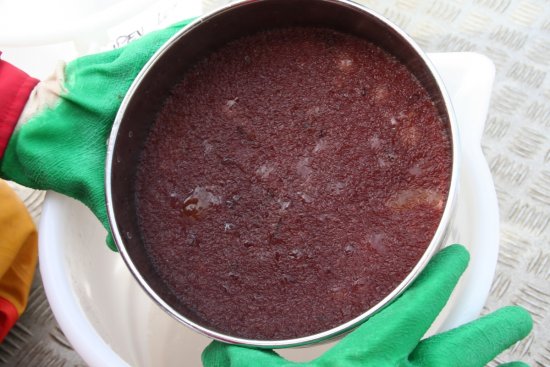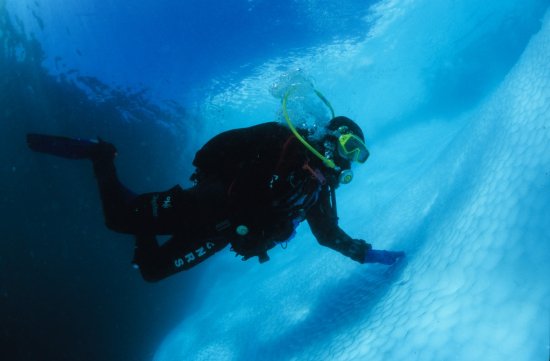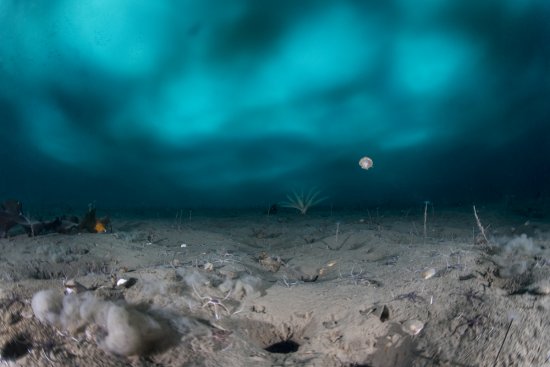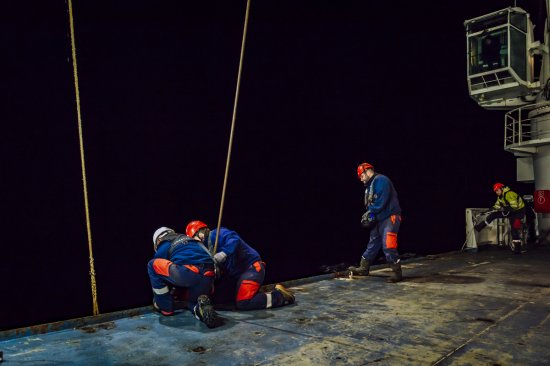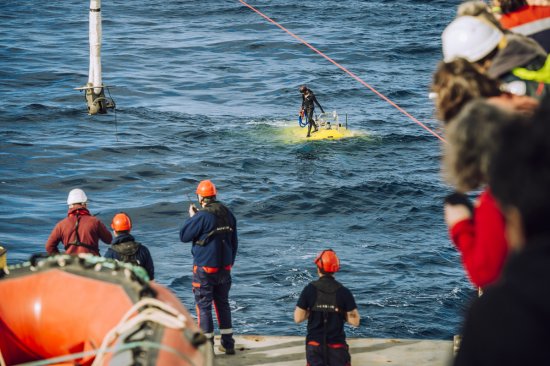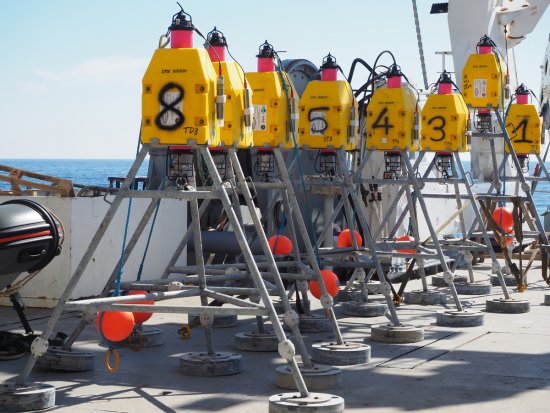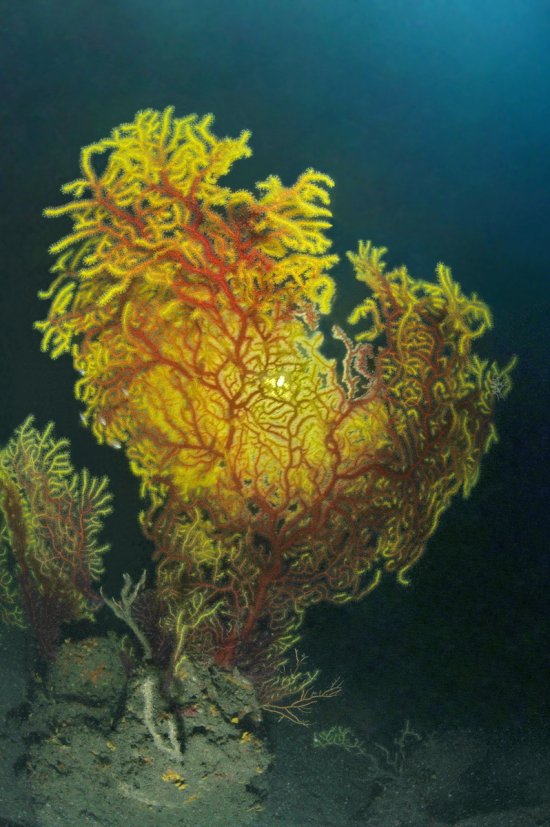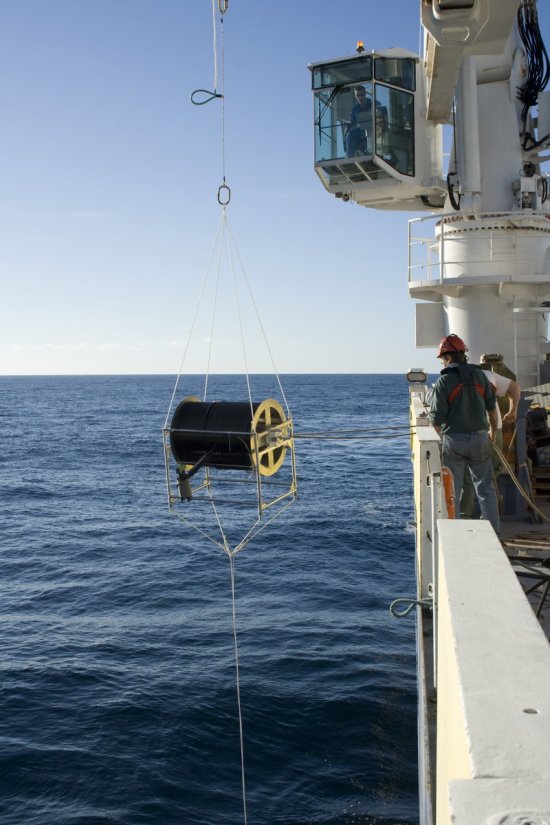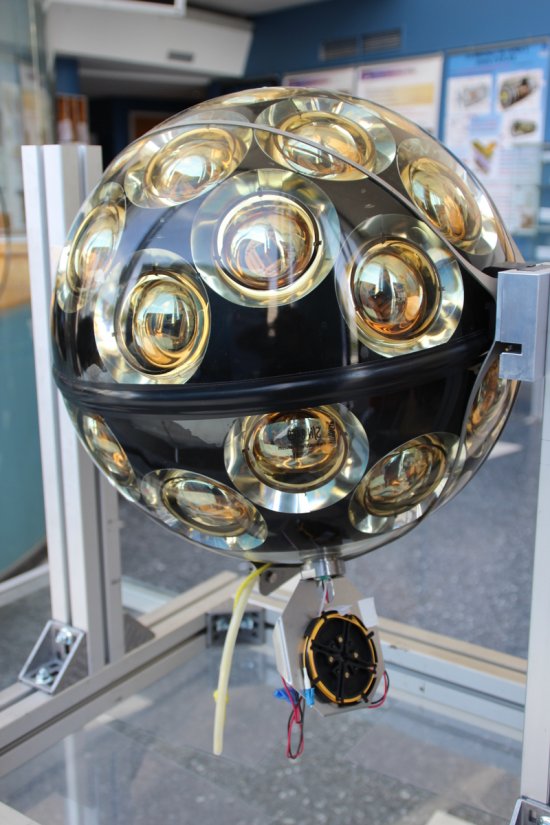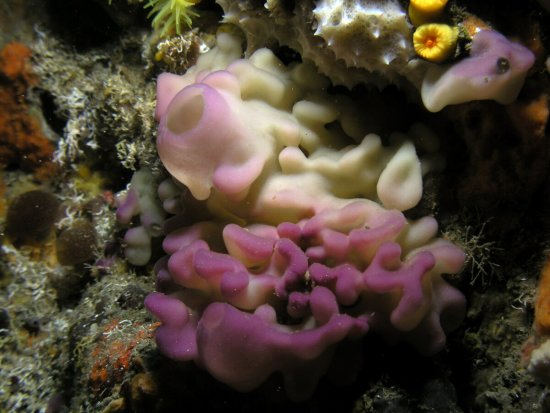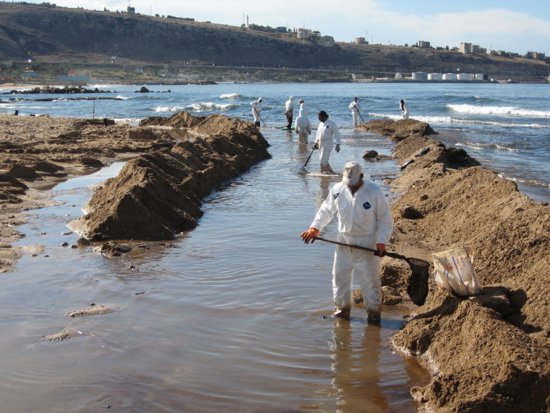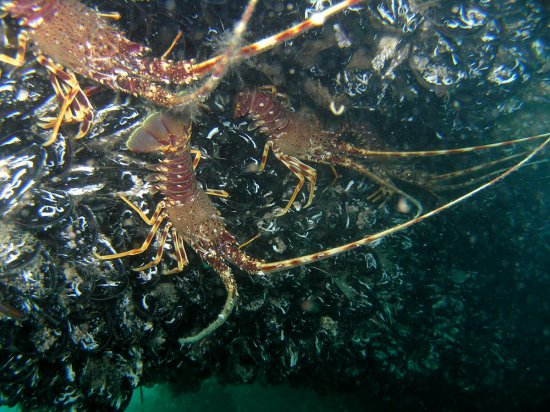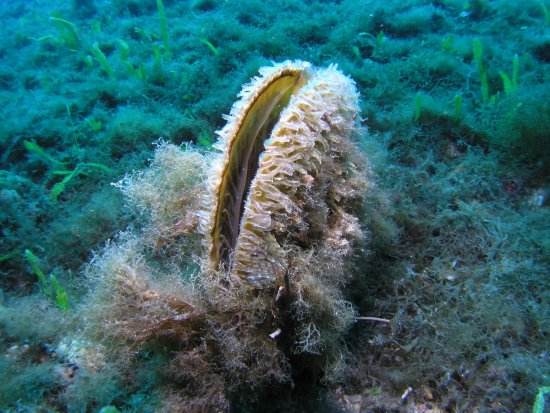Film for consultation only
Pas de cession par extrait
© CNRS - 2021
Reference
7341
Gilthead bream faced with climate change (The)
How much longer will marine life be able to withstand rising temperatures? Find out more about how scientists are trying to determine the impact of global warming on the physiology and behaviour of the gilthead sea bream.
Duration
Production year
Définition
Color
Sound
Version(s)
Original material
The use of media visible on the CNRS Images Platform can be granted on request. Any reproduction or representation is forbidden without prior authorization from CNRS Images (except for resources under Creative Commons license).
No modification of an image may be made without the prior consent of CNRS Images.
No use of an image for advertising purposes or distribution to a third party may be made without the prior agreement of CNRS Images.
For more information, please consult our general conditions
Transcription
01 00 03 05
Faced with the acceleration of global warming, some regions of the world are more vulnerable than others. These include the poles for instance, or the Mediterranean, a genuine inland sea that is warming up 20 % more quickly than the oceans. The situation is particularly critical on the coastal strip, and experts anticipate dramatic changes in the animal and plant communities that populate it.
01 00 34 05
How much longer will the gilthead sea bream be able to use the lagoons in the Mediterranean? This question is of interest to scientists from the CNRS and Ifremer because this fish emblematic of the region feeds in the lagoons to build energy reserves before reproducing.
01 00 53 12 Jérôme Bourjea - marine biologist - IFREMER
“When it comes to species like the bream that use these lagoons quite intensively, it is legitimate to wonder what will happen if temperatures rise by 1, 2, or 3 degrees Celsius. Today, they reach 30-33 degrees at their hottest, but in ten years' time, this could be as much as 35 or 36 degrees. What are the capacities of these fish to withstand such increases?”
01 01 17 08
This is indeed a burning issue since every summer, heatwaves disturb the living conditions of Mediterranean seashells and fish, much to the dismay of local fishing communities. Known as the “malaïgue”, literally “bad water” in Occitan dialect, this overheating phenomenon occurs more and more often. Soaring temperatures combined with the absence of wind lead to an algal bloom, in other words a proliferation of algae and bacteria that use all the oxygen available in the water column.
Faced with this oxygen depletion, some species of fish, such as the gilthead breams migrate to the open sea.
To understand the behavior of breams facing such extreme events, Jerome Bourjea and his team use a technique called bioacoustics.
01 02 08 21 Jérôme Bourjea - marine biologist
“The method we use is called acoustic telemetry. We place small devices in the water to listen to noises. These noises come from tiny transmitters implanted in the breams for identification purposes. This will tell us which fish goes where, and when.”
01 02 30 02
Professional fishermen at the Etang de Thau and Leucate help researchers monitor the movements of the fish in the pools. Within this collaboration, everyone contributes their know-how for the success of the study, which requires catching live breams.
After taking biometric measures such as weight and size and collecting scale samples to determine the age of the fish, the bream is equipped with an acoustic transmitter, under general anaesthetic. Thanks to its unique sound frequency, each transmitter will give the identity of the fish when the animal goes past listening posts.
Jérôme will nonetheless have to wait several months before he can find out more about the movements of the breams in their natural habitat,.
01 03 15 17
While waiting for the next episodes of malaïgue, the biologist teams up with physiologist David Mckenzie to carry out a trial in a controlled environment. By monitoring the health of the fish based on its heartbeats, the experiment makes it possible to determine the impact of environmental conditions with great precision.
Some breams were thus taken from the Etang de Leucate to the Ifremer station in Palavas-les-Flots in an oxygenated tank.
01 03 47 17 David Mckenzie - Physiologist - CNRS
“The difficulty with fish is to determine their energy consumption in natural conditions. We equip them with sensors to record their heart rate and we then calibrate the relation between the performance of the animal in the swim tunnel and the performance of its heart.”
01 04 08 18
The swim tunnel is an experimental device in which researchers can individually and gradually alter various parameters such as current intensity, water temperature and oxygenation level in the tank.
01 04 22 01 David Mckenzie - Physiologist - CNRS
“What we see here are cycles in which the fish consumes the oxygen in the watertight section. It spontaneously swims against the current and we measure how much oxygen it consumes.”
01 04 34 20
The scientists recreate the environmental conditions that breams come up against during a malaïgue heatwave.
This protocol enables David to determine the tolerance threshold beyond which the vital functions of the bream are affected and endangered by the environmental conditions. As the scientist explains, the results are clear-cut.
01 04 58 18 David McKenzie:
“We found that breams are highly sensitive to any change in temperature. Increasing it only slightly had a significant impact on their physiology. Their metabolic rate and oxygen consumption rose, and we're only talking about 25 to 27 degrees Celsius here.”
01 05 16 06
Furthermore, the team determined that a bream's organism can't withstand water temperatures above 35 degrees Celsius. A critical threshold that the fish can avoid in the wild.
01 05 28 21 David McKenzie:
“The fish can feel the temperature of the water, as well as its oxygen levels. They have sensors that enable them to know what's happening. When a fish knows that levels are becoming dangerous, it will leave.”
01 05 44 10
David's experiment predicts that breams in their natural environment can anticipate periods of extreme heat by leaving for the open sea. To verify this, Jérôme records the data collected over several months from the different listening posts spread out across the pools and at the mouth of the channels. By retrospectively analyzing the route taken by the tagged breams, he discovers the first results of the listening devices and notices that on the Etang de Thau, all of them left the pool simultaneously in August.
01 06 12 21 Jérôme Bourjea et Alexandre Mignucci:
Alexandre: It is obvious that all the breams left at the same time.
Jérôme: Unbelievable! It's going to be very interesting to correlate, since we have the water temperatures, and see whether there is a threshold time when they leave and if it corresponds to the experimental phase we carried out in Palavas.
01 06 28 20
In the wild, all the breams equipped with transmitters left the pool when temperatures reached about 28 degrees, in other words when the conditions became stressful.
The work of Jérôme Bourjea and David McKenzie, which combines ecology of movement and physiology, makes it possible to establish the ecological plasticity of the gilthead bream. By knowing the tolerance parameters, the ambition of this study is to determine how long the species can be present in the pools of the Mediterranean coastal regions.
01 06 55 10 Jérôme Bourjea:
“In 10, 20, 30 years' time, will the breams still visit the lagoons? If they don't, what will be the consequences? It will mean less food, which is yet essential for this species to reproduce. How will this impact the stock? Clearly, this problem must be investigated in the years to come. But more broadly, these increases in temperature in the lagoons will impact the ecosystem in general.”
01 07 21 12
This study will soon also be applied to other coastal species, such as the sea bass, also much-coveted by fishing communities.
In this context of rapid change to their environment, both the fish and those who live off fishing will have to adapt and reconsider the way they use the Mediterranean coast.
